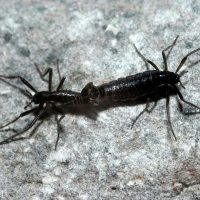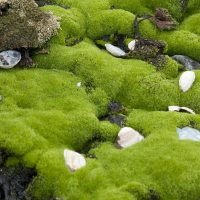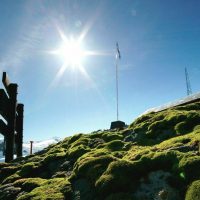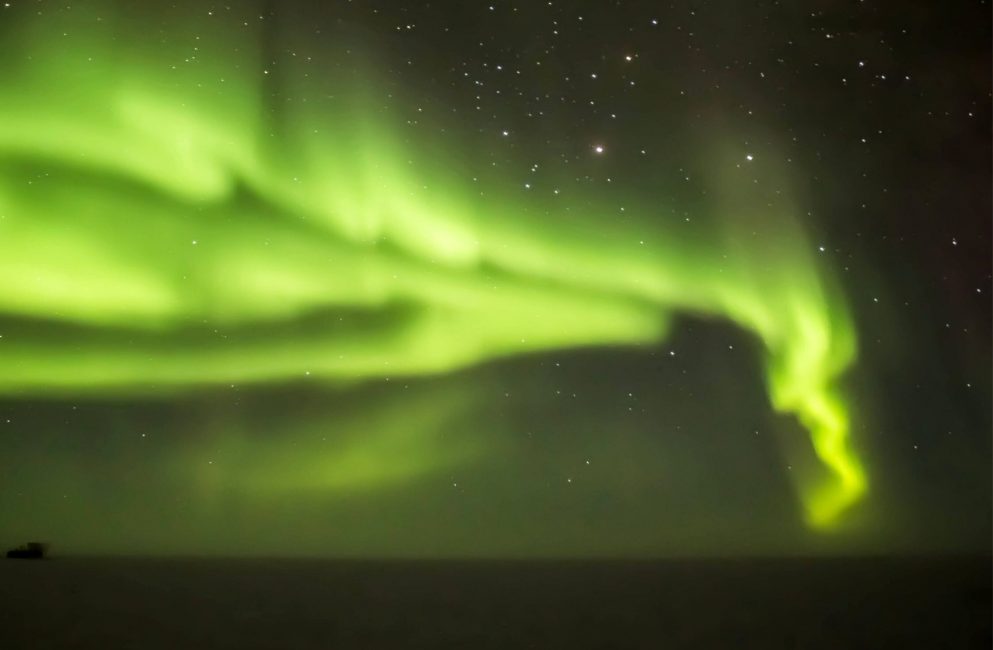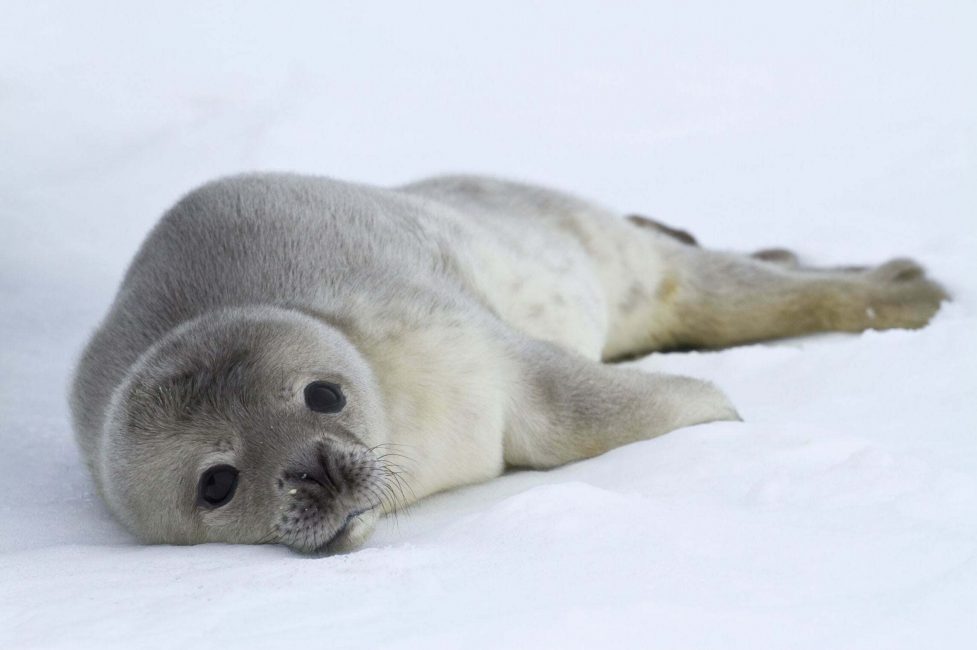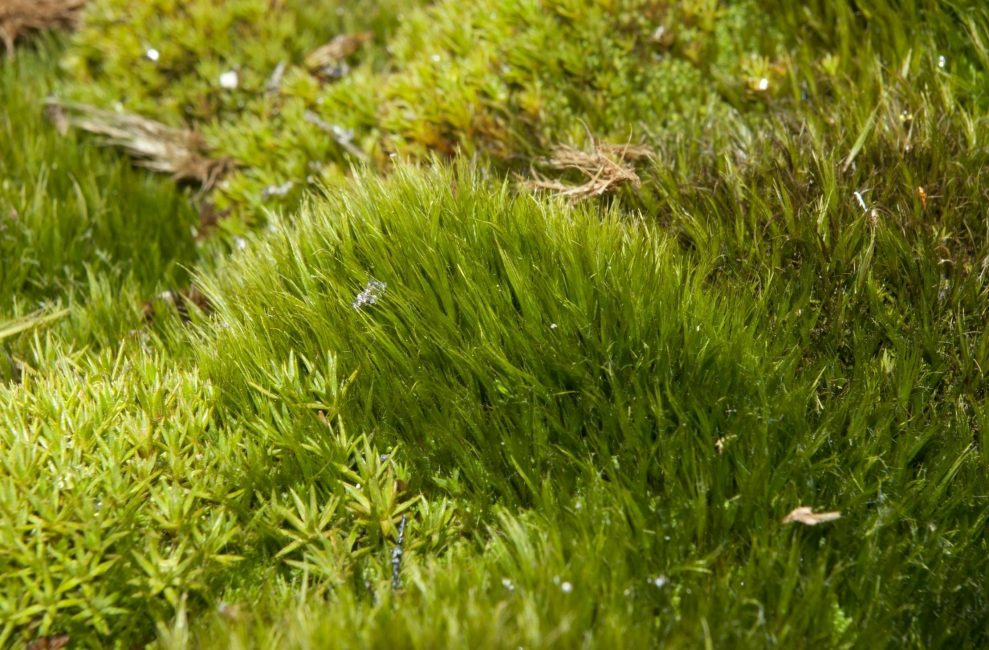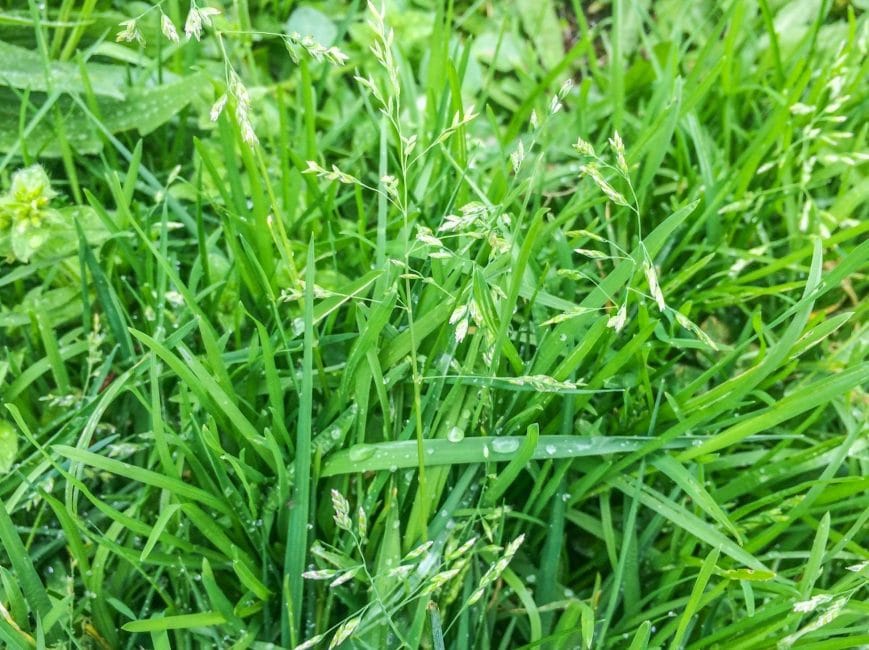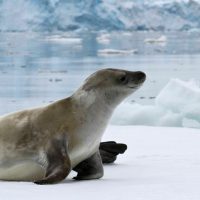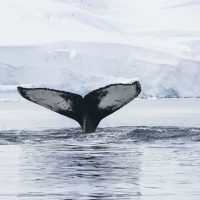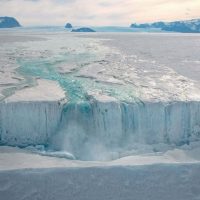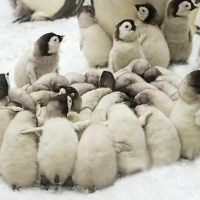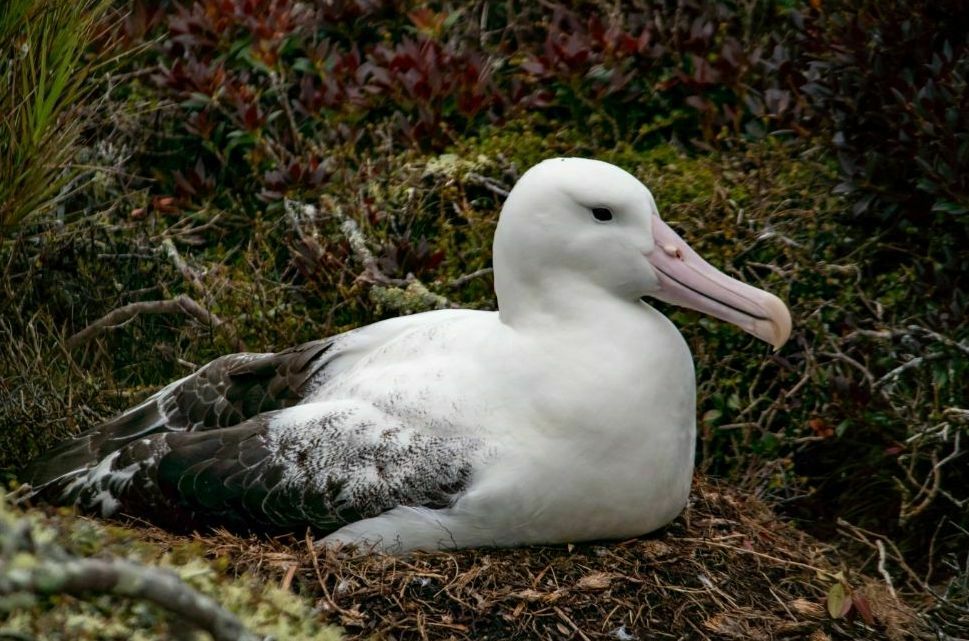Jump to section
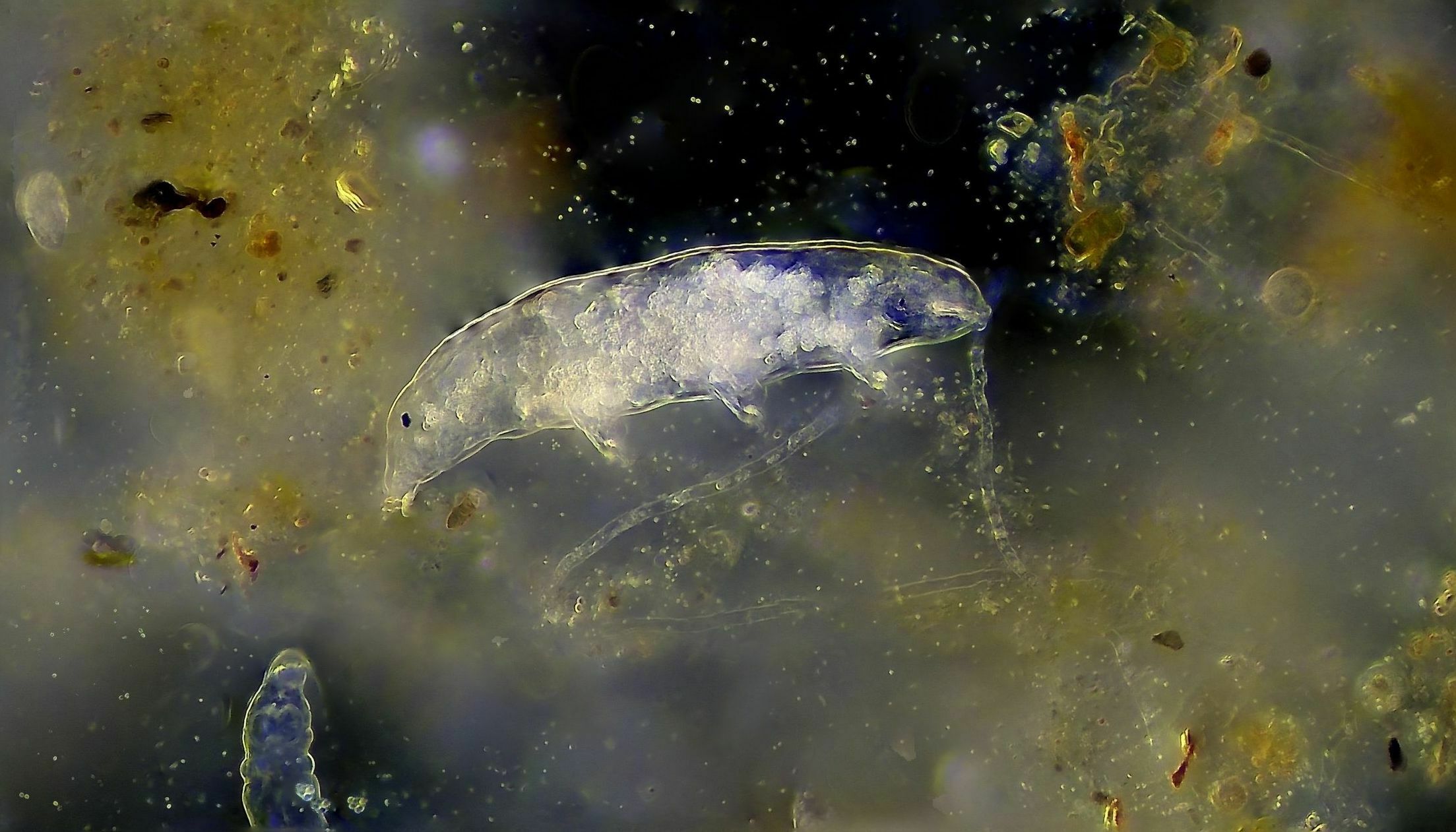
LIFE ON LAND
Polar survival
Life on land in Antarctica is limited by extreme cold, strong winds and a desert climate with a lack of water and food sources.
For those hardy species that have managed to gain a foothold on the ice-free land, life is a constant balancing act as they seek out enough food, shelter and water to survive.
On Land
CHANGING LIFE
Antarctica is a polar desert, with around 99 percent of the continent permanently covered by ice. The average yearly rainfall at the South Pole between 1990 and 2020 was a tiny 0.4 in (10 mm). For six months every year Antarctica is shrouded in darkness, and temperatures can hover around −4 °F ( −20 °C) for months, dropping below -76°F (-60°C) in winter.
Despite this harsh environment, a small community of resilient plants and animals has managed to carve out a niche for themselves in Antarctica’s ice-free areas, not only surviving but thriving in these harsh conditions.
On Land
CHANGING LIFE
The climate crisis is having different impacts in different parts of Antarctica. Some areas are warming rapidly and receiving more rain and snow, while others are becoming drier due to changed wind patterns, also caused by human activity.
All of these changes are putting pressure on Antarctica’s delicately balanced ecosystems to adapt to rapidly changing conditions.
changing life
What lives on the Antarctic continent?
We may think of penguins and seals as Antarctic animals, but they are actually marine animals, which spend most of their life at sea. The only true Antarctic continental locals are tiny plants, and the microscopic creatures that live among them.

Moss, lichen and liverwort
Most of Antarctica’s plant life is made up of small, low-lying communities of mosses, liverworts and lichens scattered across ice-free areas around the continent.

Antarctic invertebrates
Antarctica’s miniature moss ‘forests’ provide food and shelter for over 60 microscopic species of invertebrates, including springtails, rotifers, nematodes and tardigrades.

Flowering plants
There are two flowering plants found in Antarctica: Antarctic hair grass (Deschampsia antarctica) and Antarctic pearlwort (Colobanthus quitensis).

More invertebrates!
Most of Antarctica’s permanent land inhabitants are microscopic insects. The largest species living on the continent is the Antarctic midge (Belgica antarctica), at 0.07 inches (2-6mm) long.
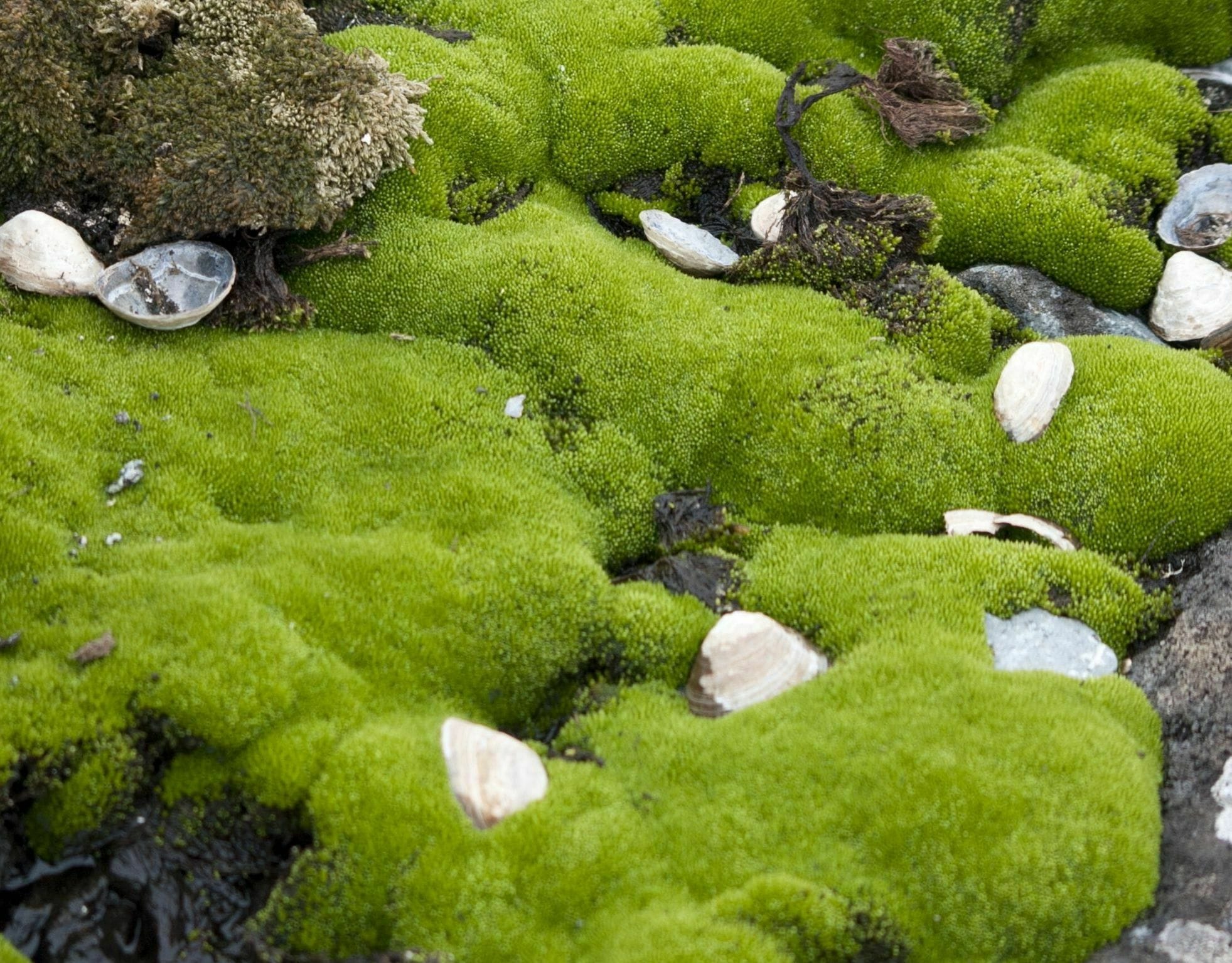
BECOMING DRIER
East Antarctica
In East Antarctica, strengthening winds caused by the climate crisis are making the already dry climate much drier. This is having an impact on moss beds, which need water to survive.
East Antarctica
BECOMING DRIER
The moss beds near Australia’s Casey Station are so green and lush, researchers have dubbed the region the ‘Daintree of the Antarctic’, named after Australia’s tropical Daintree Rainforest. In this area, individual moss plants can grow for up to 100 years. Some moss beds are so ancient researchers have called them the ‘old growth forests’ of Antarctica. But researchers are reporting dramatic changes to these remote moss communities clinging to the edge of the icy desert.
During a 13 year study in the early 2000s, almost half of these healthy, green mosses started drying out. Many of them started turning red or gray, indicating they were under stress or dying. This appeared to be impacting highly specialized natives, such as the water-loving Schistidium antarctici, most severely. As these rare Antarctic species dry and die, they are being replaced by new, more common drought-tolerant mosses, which are found across the world.

HEATING UP
Antarctic Peninsula
The Antarctic Peninsula is warming faster than almost anywhere else on earth. Between 1970 and 2020, temperatures warmed by around 5°F (3°C).
In February 2020, a new Antarctic temperature record was set on the northern Antarctic Peninsula, when the mercury reached 64.9°F (18.3°C) for the first time in recorded history.
Image credit: NASA Earth Observatory, Joshua Stevens
Flourishing mosses
HEATING UP
On the Antarctic Peninsula, moss beds are flourishing in a rapidly warming climate. Some mosses in the region are growing four times more quickly today than 50 years ago.
While this new plant growth may sound like good news, it is not that simple. Although mosses may thrive as the climate heats, permafrost (a layer of soil, sand and ice that has been frozen for many years) is also beginning to thaw. Permafrost contains organic matter, which may have been frozen for millennia. As permafrost thaws, microbes break that organic matter down, producing greenhouse gasses such as methane as a byproduct. When these gasses are released they speed up the heating of the atmosphere.
Invasive species
HEATING UP
Warmer, wetter conditions on the Antarctic Peninsula are also making the region more hospitable to invasive introduced species, which threaten to out-compete unique species found only in Antarctica.
Poa annua, a hardy turf grass that thrives further north, was accidentally introduced to Antarctica near a scientific station in 1953. It is spreading rapidly, presenting a threat to native Antarctic plants, particularly Antarctica’s two flowering plants. Efforts to eradicate it are underway, but this is difficult and time-consuming.
KEEP LEARNING
Related reading
Now that you’ve learned how changes in the climate are affecting life on land in Antarctica, read on to learn more about extraordinary Antarctica.
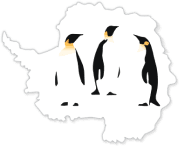 ASOC
ASOC

